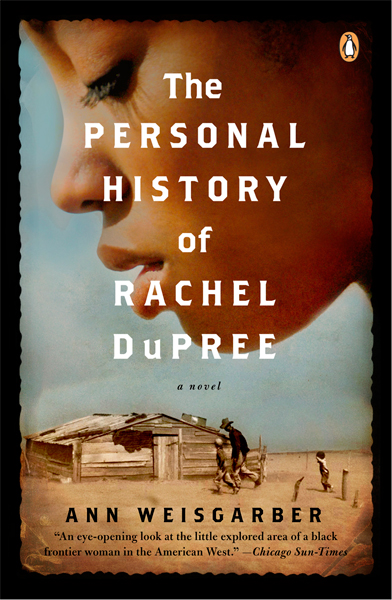The Idea Behind the Book
 It all started with a sod dugout on the outskirts of Badlands National Park. The dugout, called Prairie Homestead, was easy to overlook; from the two-lane road it didn’t look like much. The sign, however, advertised that the 1909 sod dugout was listed with the National Register of Historic Places, and that was enough for me. I was on a camping vacation with plenty of time so I pulled into the empty parking lot and paid the admission fee. Since that day, nothing has been the same.
It all started with a sod dugout on the outskirts of Badlands National Park. The dugout, called Prairie Homestead, was easy to overlook; from the two-lane road it didn’t look like much. The sign, however, advertised that the 1909 sod dugout was listed with the National Register of Historic Places, and that was enough for me. I was on a camping vacation with plenty of time so I pulled into the empty parking lot and paid the admission fee. Since that day, nothing has been the same.
As it turned out, the Prairie Homestead consisted of a sod dugout built into the side of a small hill, a root cellar, an outhouse, a barn, and antique farm equipment. My tour guide was owner Keith Crew whose grandparents had been Badlands homesteaders. Together, the two of us walked up the slight rise to the sod dugout. There were prairie dog holes everywhere, and Mr. Crew warned me to stay on the dirt path. “Step in a hole”, he said, “and you can snap an ankle.” I stayed on the path.
Closer now to the dugout, my ankles intact, I saw how its roof sagged and foot-long prairie grass grew between the roof’s tin plates. Inside, the three-room dugout had a dank, musty smell. The dirt floor was so hard-packed that it felt like standing on cement. Sheets of yellowed newspapers were tacked on some of the interior walls to cover the rough-cut sod bricks. On the walls that were bare, shoots of grass grew between the sod bricks. To my surprise, Mr. Crew pulled a cigarette lighter from his pocket, flicked it, and started burning the shoots. “Got to do it nearly everyday,” he said. “If you don’t, the prairie takes over.”
The bedroom was just big enough for a low-slung bed that stood a few inches above the dirt floor. There was a potbelly stove in the parlor and because wood was scarce, rock-hard cow patties or cowchips, as ranchers called them, were stacked in a nearby bucket ready to be burned for fuel. I asked Mr. Crew if they smelled bad when they were burning. “Not much,” he said.
It was about this time that the official tour ended. Mr. Crew told me I could stay as long as I wanted, and I took him at his word. Alone, I went back to the kitchen – the biggest room – where a shiny black cookstove stood along a wall, its stovepipe going up through a hole in the ceiling.
The dirt around the cookstove was worn down much like a path. A woman, I realized, once stood there for the better part of each day preparing food. I tried to imagine this. This woman had cooked three meals a day, day after day, year after year. Surely there must have been times when she hated that cookstove, when she felt trapped by the constant demand to feed her family. Yet there, on the oven door, was an embossed ring of ivy making the cookstove an object of beauty. It might have been the woman’s albatross, but the cookstove was hers and hers alone. It must have made her proud.
The woman and the cookstove were the first ideas for a novel. That wasn’t enough, though. I needed to know who this woman was and how she ended up in the Badlands. An immigrant seemed like the logical answer since many Swedes and Norwegians settled in America’s northern prairie states. I decided to explore that idea.
A few days later, I happened to stop in a roadside museum somewhere in South Dakota and saw a photo of an African American woman sitting by herself in front of a dugout. This surprised me. I had never heard of black settlers in the West, but there she was in the photo, alone, her mouth set and her eyes steady. Countless books had been written about the Swedes and the Norwegian settlers but to my knowledge, none or few about African American settlers. This unnamed woman in the photograph had a story, and I wanted to hear it. I gave her a name, a dugout with a cookstove, and I began to write.
The Personal History of Rachel DuPree is the story of what might have happened.
More Writings
- Why I Wrote The Personal History of Rachel DuPree
- The French Rachel DuPree
- Writing What I Didn’t Know But Was Willing to Learn
- The Truth Behind The Personal History of Rachel DuPree
- More Truth Behind The Personal History of Rachel DuPree
- Suggestions for the Novice Writer
- The Power of the First Paragraph

